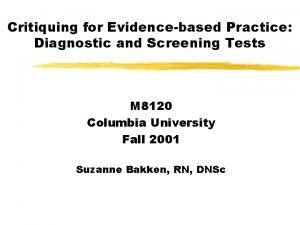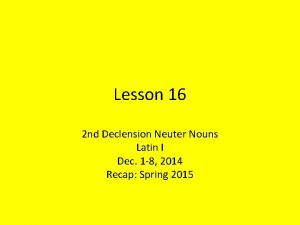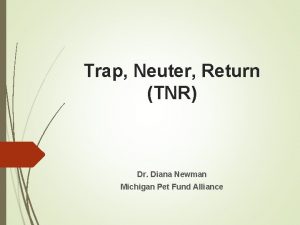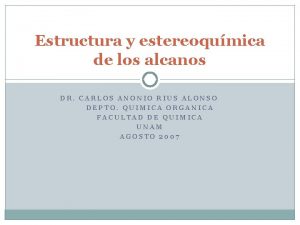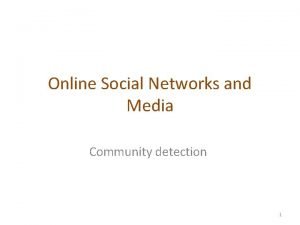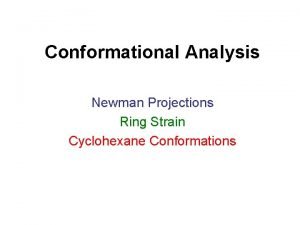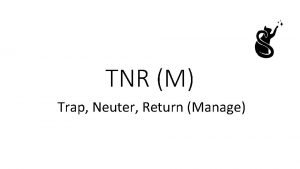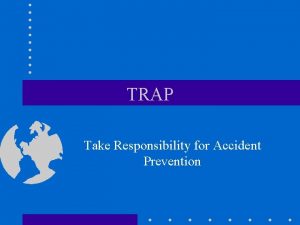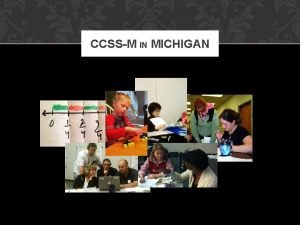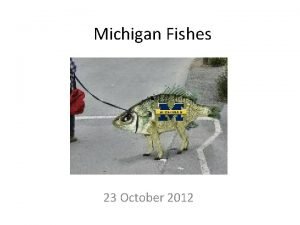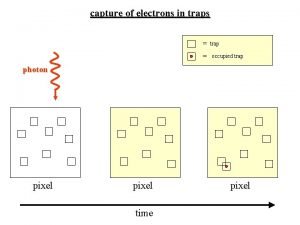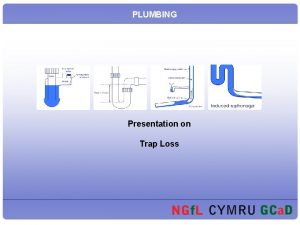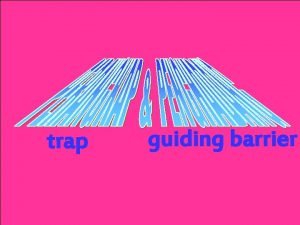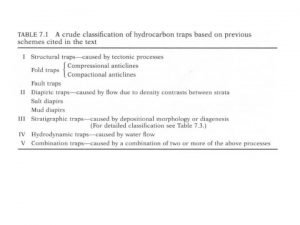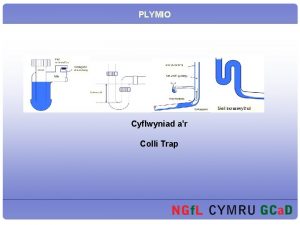Trap Neuter Return TNR Dr Diana Newman Michigan
















- Slides: 16

Trap, Neuter, Return (TNR) Dr. Diana Newman Michigan Pet Fund Alliance

Michigan Pet Fund Alliance

What is Trap, Neuter, Return? Other Names Trap, Neuter, Release Shelter, Neuter, Release (SNR) Return to Field (RTF) Break it down! Trap Neuter Return

Why to we want to do TNR? Colony level No more kittens and a gradually falling population Noise is dramatically reduced Noxious odors are eliminated Rodent control is maintained Remove the pity/sadness factor Presence of a caretaker Prevents a new, unaltered colony from forming

Why do we want to do TNR? Community Level Reduction of free-roaming cat population Lower intake and euthanasia rates Fewer nuisance complaints Rabies control Ability to mobilize volunteers Cost savings for shelters Gaining caretakers cooperation Improved relations with animal control

What is a feral cat? What is a stray cat? What is a free-roaming community cat? A feral cat is a cat who is not socialized and exhibits some degree of wild behavior. A stray cat, who is now without a home but is socialized. A free-roaming, community cat lives outside typical household situations but are not considered anyone’s pet.

Characteristics of Feral Cats “Feral” is not a biological trait, but a behavioral one. Fearful of people Avoids eye contact Amount of human contact Age

How you are SUPPOSED to get started? Build good community relations Set up feeding stations and establish a pattern Secure a holding space Schedule spay/neuter and arrange needed equipment Trap Spay Day Recovery and return Long-term care and monitoring

Reality of getting started Slow Takes patience Finding equipment Getting past…. . ”just shoot them” Finding money Volunteers

Trapping Supplies Traps Bait / Can Opener Paper plates Plastic fork or spoon Paper towels Scissors / Masking Tape / Marker Band Aids Towels / Cage Covers Newspapers

Trapping Methods Individual One household at a time Mass trapping Focused, targeted areas Follow-up

Colony Care Feeding Stations “out of sight…. out of mind” Consistency Placement Water Food stations Avoid over-feeding Clean up! Don’t feed the wildlife

Winter Shelter Buy one! www. feralvilla. com Rubbermaid storage bin Styrofoam boxes Cardboard boxes Tires Doorway flaps Insulating material Close to feeding stations

Trapping Equipment Live traps Drop Traps Trap Dividers Transportation

Trapping Special Cases Friendly Cats Kittens Nursing Moms Pregnant Cats Raccoons, Skunks, Opossums

Trap, Neuter Return Dr. Diana Newman Companion Cats, INC. President Eaton County Humane Society Director Michigan Pet Fund Alliance Board Member dnewman 0911@hotmail. com 269 -589 -8747
 Trip trap trip trap over my bridge
Trip trap trip trap over my bridge Tnr
Tnr Familias uniformadas
Familias uniformadas Latin masculine endings
Latin masculine endings Eaton county spay and neuter
Eaton county spay and neuter Alcanos formula
Alcanos formula Newman projection generator
Newman projection generator Newman harvard referencing
Newman harvard referencing Girvan
Girvan Joseph kosuth: one and three chair barnett newman:
Joseph kosuth: one and three chair barnett newman: Milkovich newman compensation, 9th edition pdf
Milkovich newman compensation, 9th edition pdf Butano newman
Butano newman Cyclobutane newman projection
Cyclobutane newman projection Ciclo paul newman
Ciclo paul newman When were carrots discovered
When were carrots discovered Trans decalin newman projection
Trans decalin newman projection Barnett newman abraham
Barnett newman abraham

